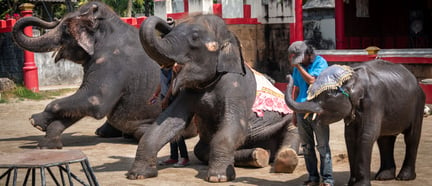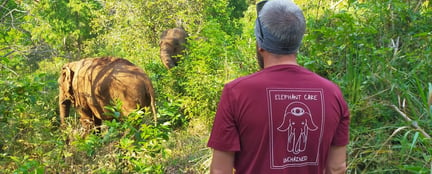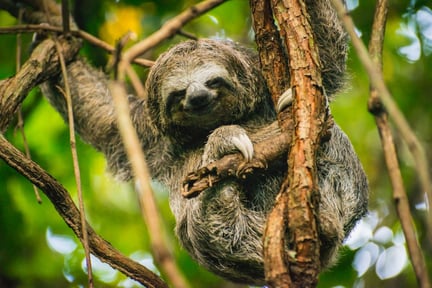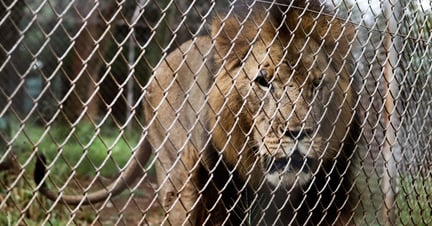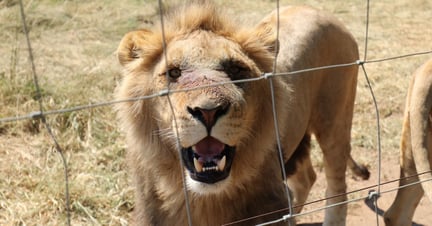
Zoo sparks outrage for parading baby orangutan like a child
News
Viral footage of an eight-month-old orangutan dressed and used as a photo prop in a Chinese zoo has reignited global debate over animal welfare, ethics and the exploitation of wildlife in tourism.
An eight-month-old baby orangutan named Qixi has become the focus of international attention following the release of videos showing her dressed in human clothing, with braided hair, and sucking a pacifier at Hesheng Forest Zoo in Qinyang, Henan Province, China.
Footage shared on Chinese social media platforms shows Qixi sitting in a stroller, playing with toys, and being handled by visitors posing for photographs.
The scenes have prompted concern from animal welfare organisations and experts about the physical and psychological impact on the young orangutan.
Concerns raised by World Animal Protection
World Animal Protection China has criticised the zoo's treatment of the orangutan, describing it as an example of inadequate animal welfare standards.
Orangutans are sentient animals and not suitable for use in public entertainment.
"Orangutans have thick fur, so wearing clothes can interfere with their ability to regulate their body temperature," said Sun Quanhui, Wildlife Campaign Manager with World Animal Protection China.
Orangutans tend to live in groups, so letting them live alone can be detrimental to their mental health.
Young orangutans in the wild typically remain with their mothers for six to eight years in order to learn essential survival skills. Early separation can hinder their development and wellbeing.
Although zoos may cite practical reasons for dressing animals or managing their hair, such actions can restrict movement, cause stress, and contribute to public misconceptions about wildlife.
There are also the risks of allowing close contact between visitors and wild animals, including the potential for disease transmission between species.
Zoo defends actions
The zoo has defended its practices, saying that the clothing helps to keep Qixi warm and the braids prevent hair from obstructing her vision.
Staff also stated that visitors are disinfected before interacting with the animal.
Wider implications for wildlife tourism
This case reflects a broader issue around the use of wild animals for entertainment in tourism and zoological settings, particularly in regions where animal welfare regulations may vary.
We continue to call for an end to exploitative wildlife practices in zoos and tourism. We advocate for environments that are naturalistic and allow animals to express their normal behaviours, rather than encouraging direct human interaction.
We encourage travellers to avoid venues that allow close contact with wild animals and to support responsible wildlife tourism that prioritises animal welfare and conservation.
Related Content
Protecting wildlife in travel & tourism
Wildlife
Would a real responsible traveller have captive wildlife entertainment on their wish list?
Wildlife Heritage Areas
Heritage Sites
A global programme recognising responsible wildlife-watching destinations that incorporate high standards of animal welfare and biodiversity conservation
Animal Sentience
At World Animal Protection sentience is at the heart of everything we do, click to find out more.
